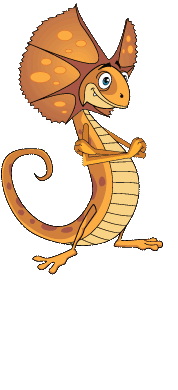Horizon Power currently delivers electricity to 43,000 homes and businesses.
This means we supply electricity to more than 100,000 residents and more than 9,000 businesses.

Horizon Power delivers electricity to your home through a variety of ways.
Some towns we own and operate the power stations and in other towns we purchase the electricity from other businesses, known as independent power providers.
In the Pilbara there is 460km of powerlines connecting towns all across the region. This is called the North West Interconnected Systems (NWIS).
In the Kimberley there is 265km of powerlines connecting towns to the Ord Hydro electricity power station. This is call the Kununurra and Wyndham Network.
All our other towns are supplied by their own power stations and network systems. Horizon Power also collects electricity from eight renewable energy power stations around regional and remote Western Australia.
We use different resources to fuel our power stations (see Renewable and Non-renewable sections). The fuel is used to generate between 11,000 - 16,000 volts of electricity.
What are generators?

It is the job of a generator to convert mechanical energy into electrical energy.
How do they work?
Electrical generators are operated by massive turbines. We use both renewable and non-renewable energy sources to spin these turbines.
A generator contains two main parts: the rotor and the stator. The rotor is the part which rotates, due to the spinning of a turbine, and has a huge magnet inside of it. The stator is the part which is covered in copper wires.
The electrical current is created when the rotor spins around the copper wire on the stator. The spinning magnets excites the electrons in the copper wire, producing an electric current.

The diagram above shows how electricity is created, from the energy sources used to spin the generators to the different parts of a generator. It also shows the journey it takes through the network system to your home.







